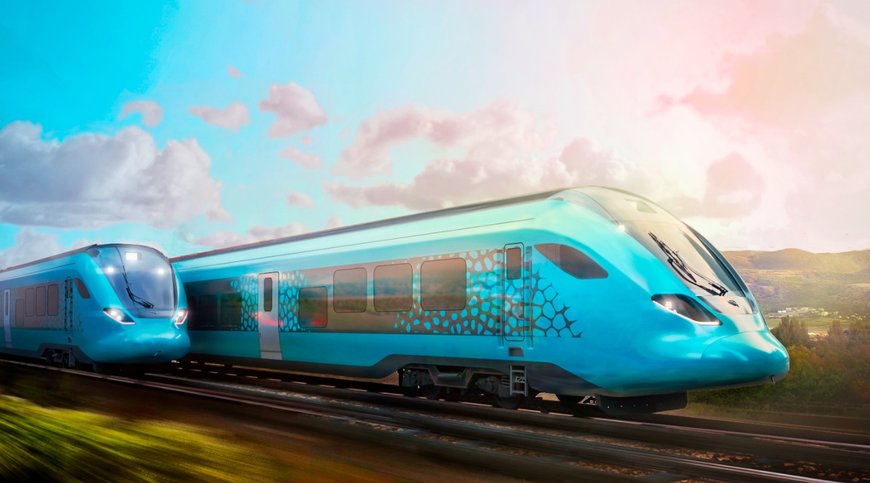Talgo’s hydrogen train will be ready in 2023
Talgo announced today the timetable for the manufacture and launch of its hydrogen train, a green, innovative and efficient alternative to replacing diesel engines, which will be ready in 2023.

- The technology will be tested in a first phase in 2021, for its subsequent installation between 2021 and 2023
- The hydrogen train will be named Talgo Vittal-One, in reference to the hydrogen’s place in the periodic table
- Hydrogen technology is an emission-free alternative for non-electrified railway lines, where diesel trains are now operating
The train will be named Talgo Vittal-One, as a reference to the place of the hydrogen in the periodic table, the first one. The details were presented during the event "Renewable hydrogen: an opportunity for Spain", organised by the Spanish Ministry for the Ecological Transition and the Demographic challenge.
The first phase of the validation tests of the hydrogen technology will be conducted in 2021. After the validation process, the hydrogen technology will be installed in the new train during a second manufacturing phase that will take place between 2021 and 2023.
The company's CEO, José María Oriol, stated during his presentation: "Green hydrogen is no longer the future, it is a reality. The implementation of hydrogen trains, such as the one Talgo is developing, will improve mobility in our country and have a positive impact on the environment. It will allow us to make the most of the non-electrified Spanish railways while reducing our carbon footprint".
This system is configured as a modular solution that can be installed on all types of trains, as well as in upgrades from diesel to hydrogen. However, it has been specifically designed for the Vittal platform for Commuter and Regional trains, which Talgo has presented in the bidding process for various tenders in Spain and other countries.
Hydrogen-powered trains
This innovative system uses hydrogen batteries that provide the energy for the train's electric motors. It is powered by renewable energy sources, such as solar photovoltaic or wind, which produce hydrogen that is stored and then used to power fuel cell-based propulsion systems, such as the one designed by Talgo. The system is complemented by batteries that increase the speed of the train when it starts, taking advantage of the braking system to recharge it.
Unlike the extended battery systems in the automotive industry, hydrogen (H2) technology is the logical answer to the needs of heavy transport and, in particular, of those railway lines that do not have catenary electrification systems, and which today depend on trains powered by diesel engines. The hydrogen system designed by Talgo enables conventional network lines to be "electrified" without the need for costly and lengthy adaptation operations, and without the use of fossil fuels.
www.talgo.com

